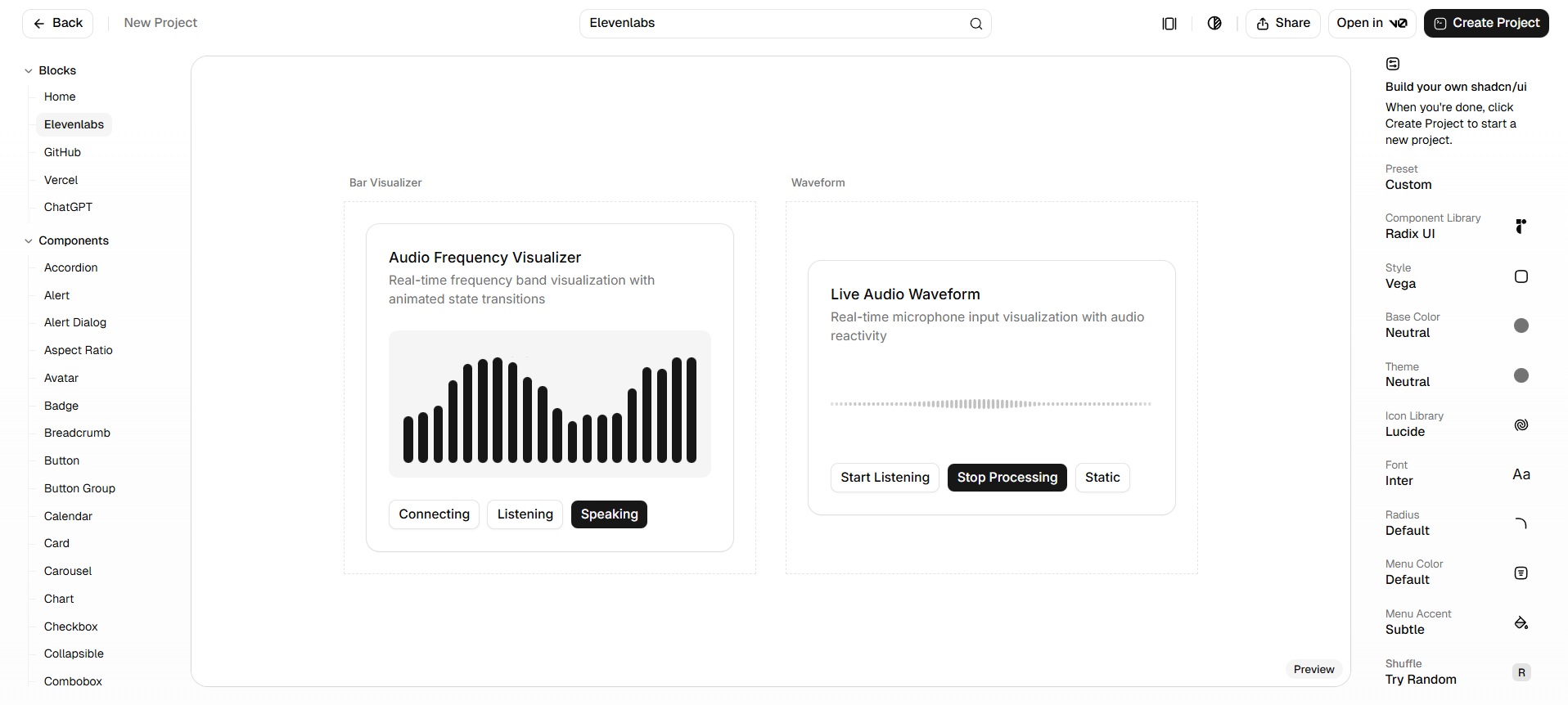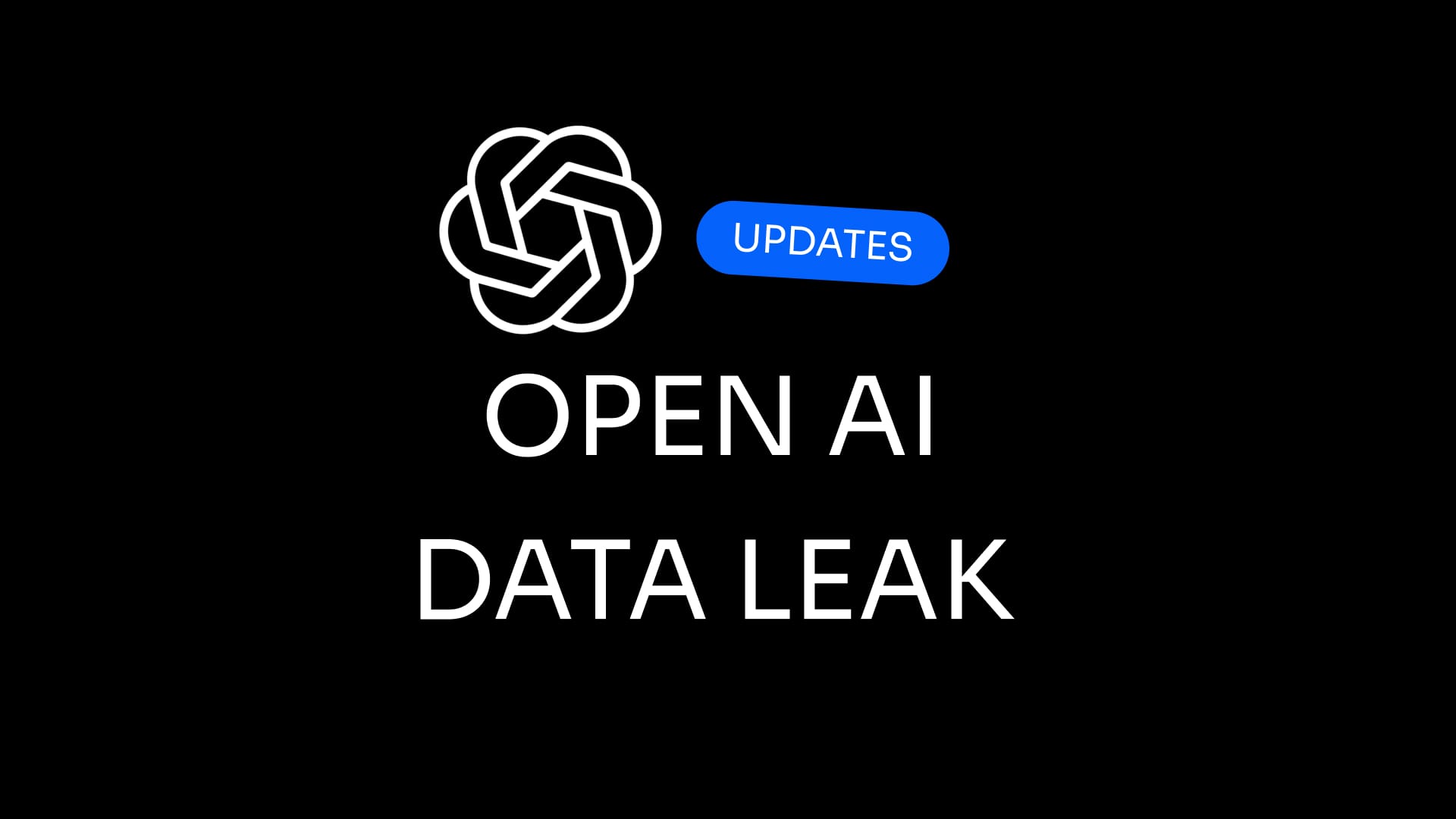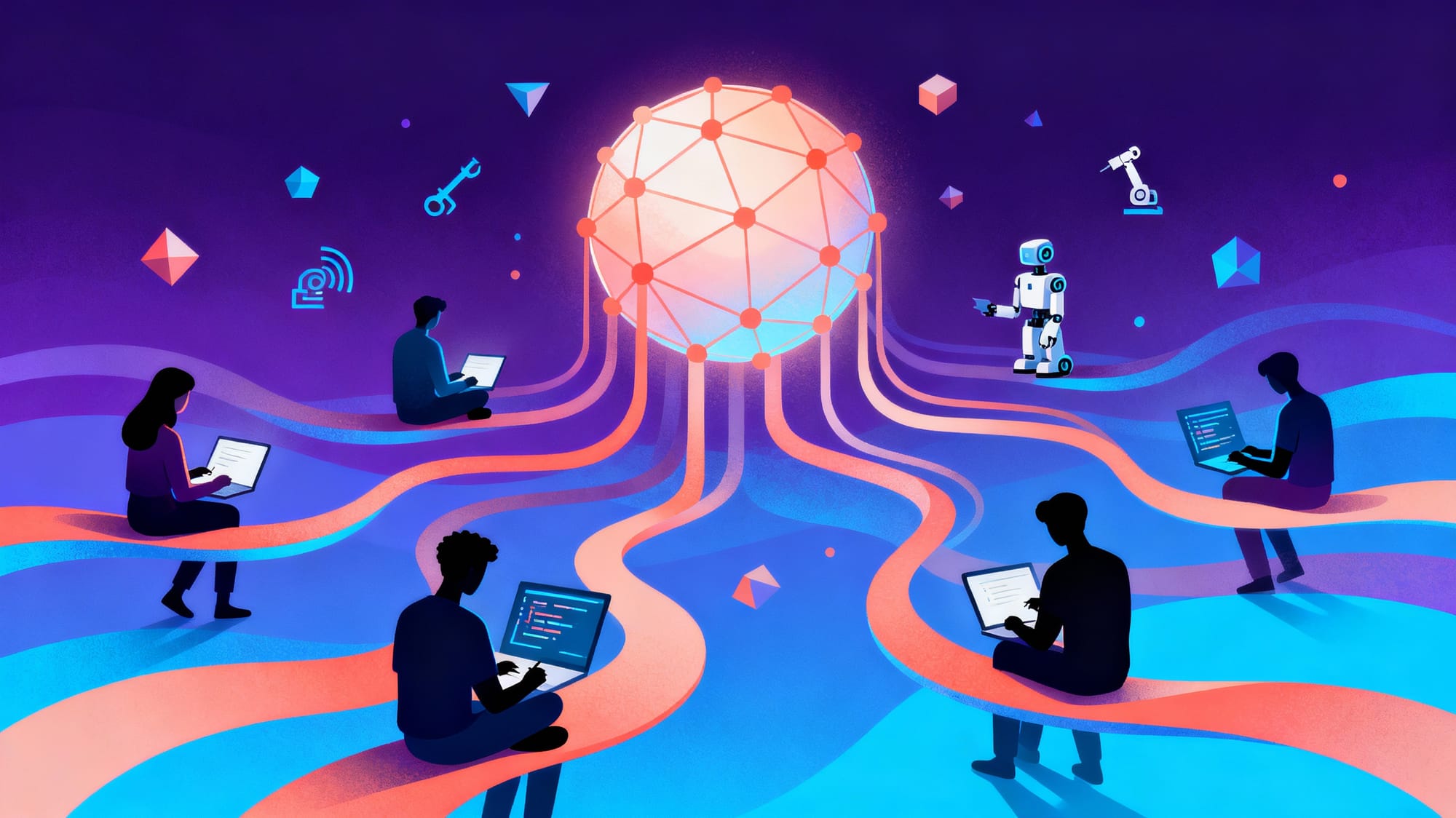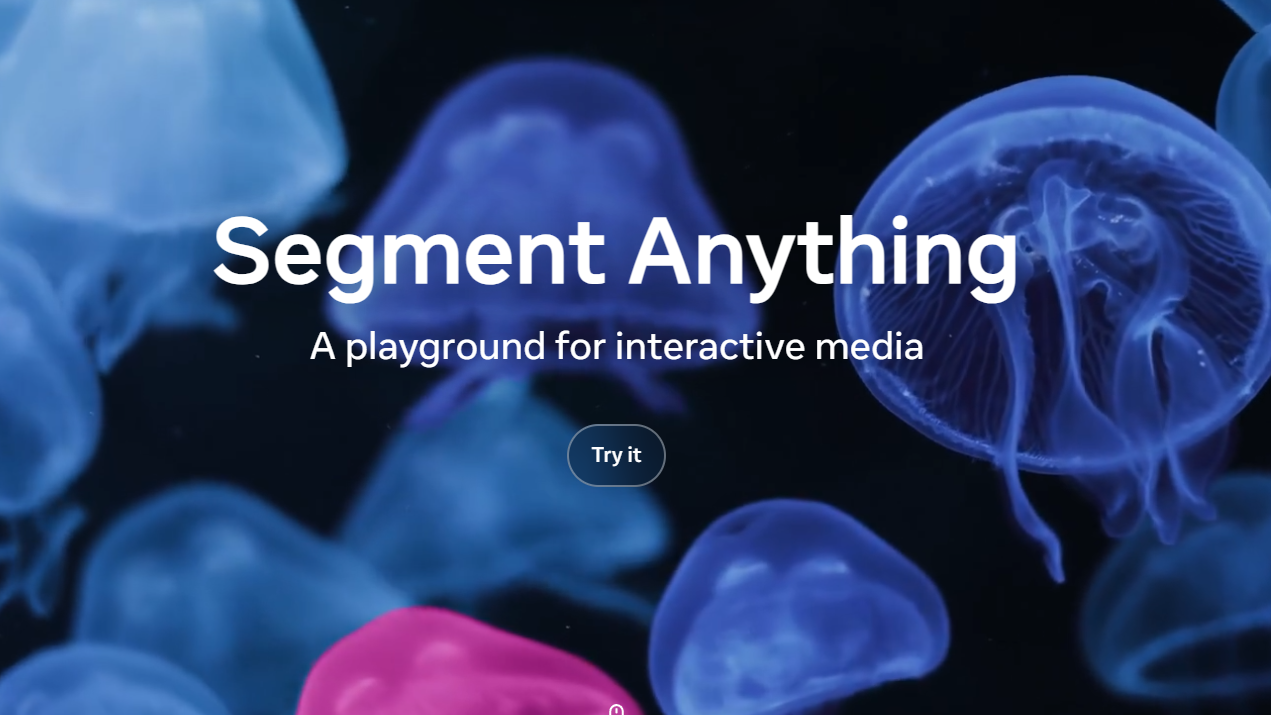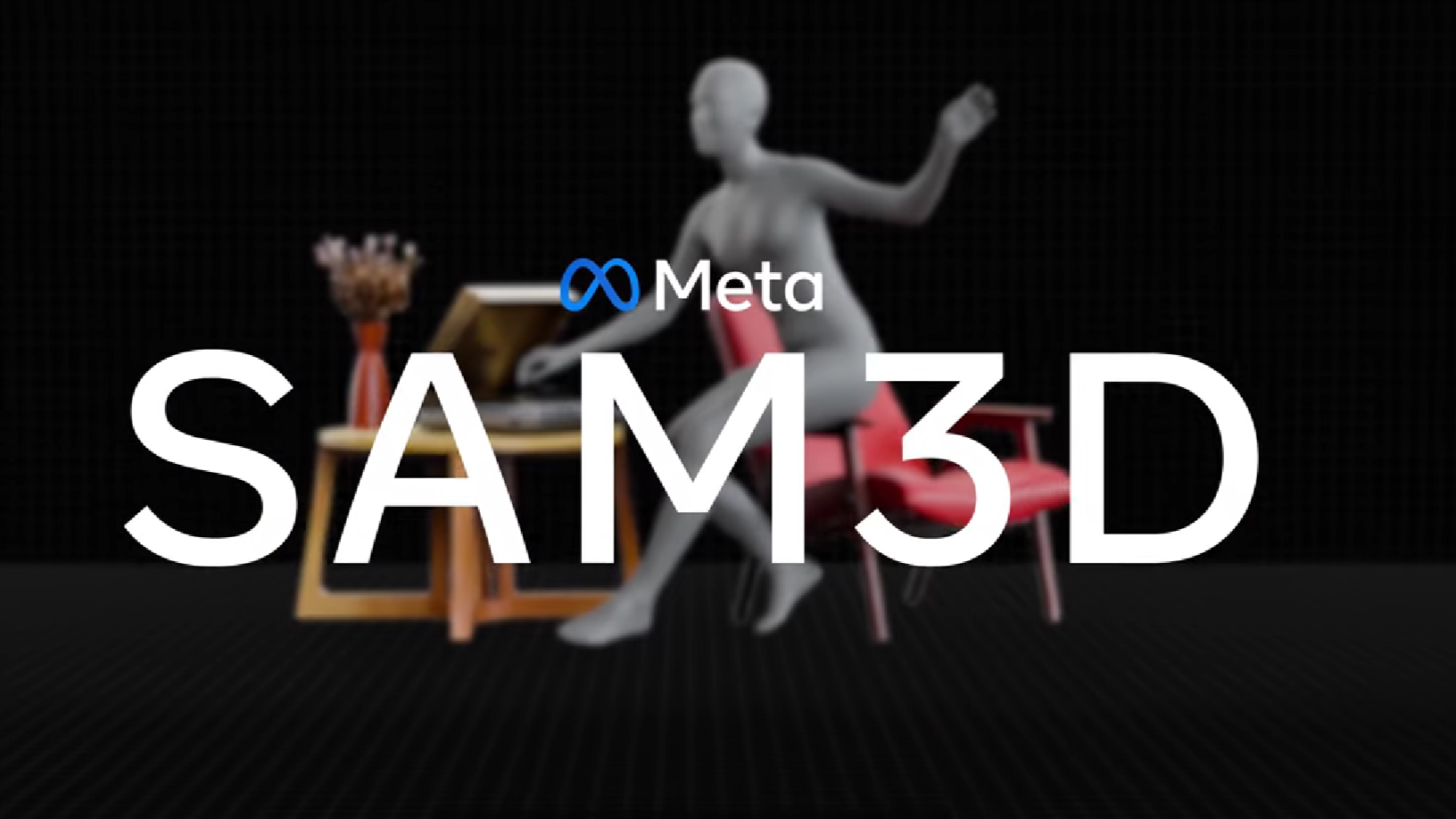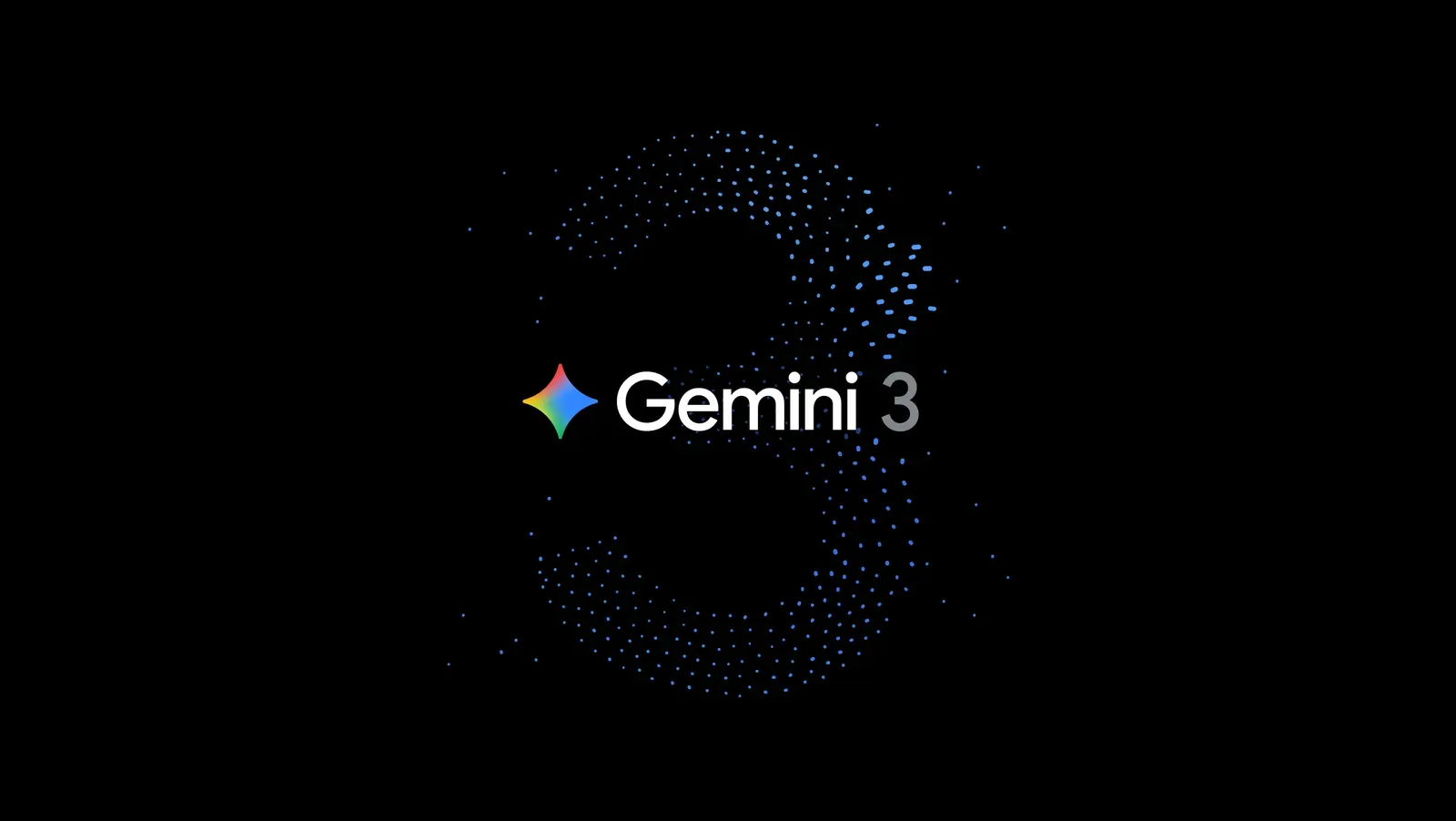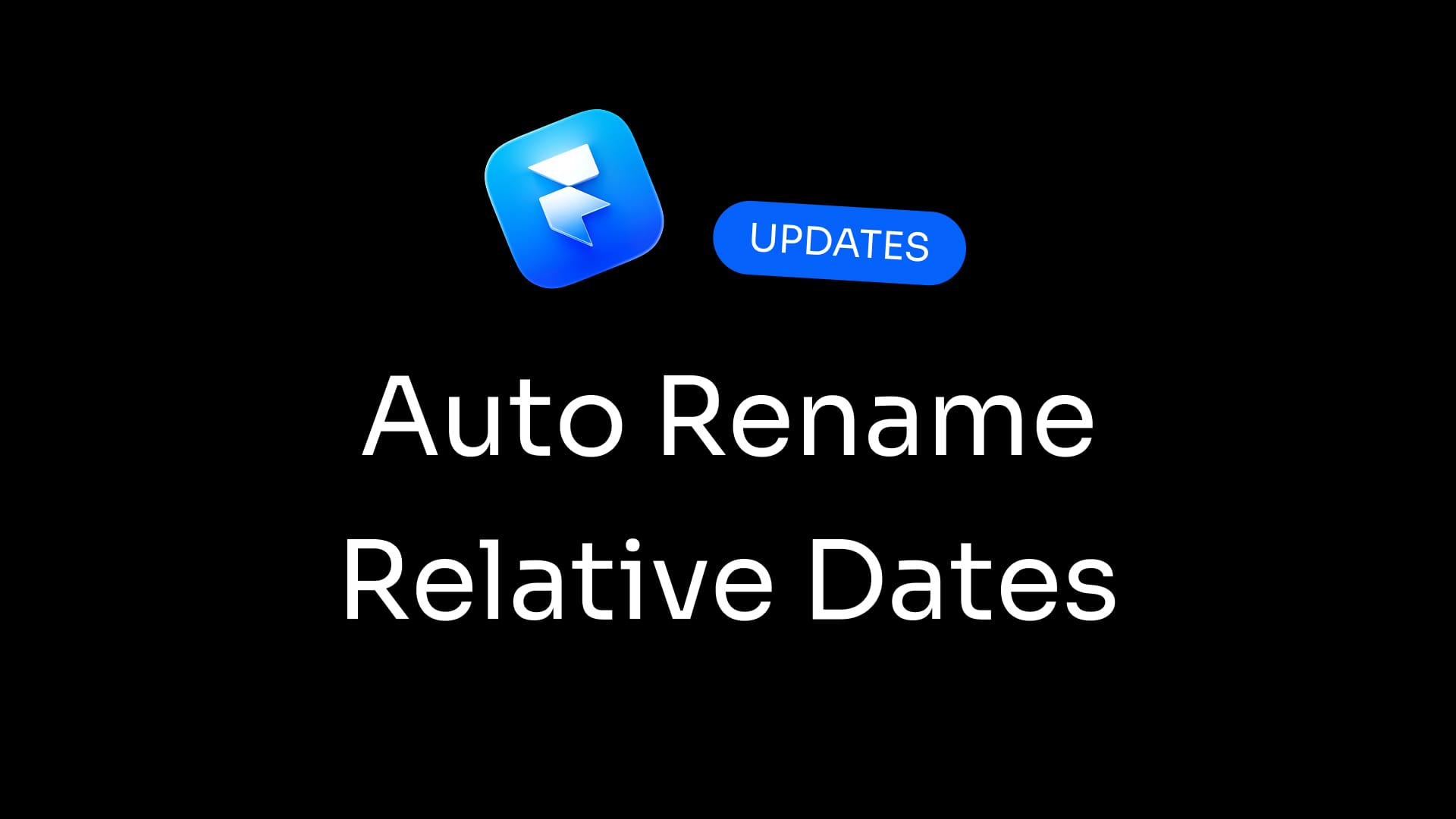1. Automation vs. Augmentation
The report distinguishes between two primary ways developers interact with AI:
- Automation: AI directly performs tasks without human intervention.
- Augmentation: AI assists developers, enhancing their capabilities.
Notably, 79% of interactions on Claude Code were automation-focused, compared to 49% on the general Claude.ai platform. This suggests that specialized coding tools are more geared towards automating tasks, while general AI platforms serve as collaborative partners.
2. Front-End Development Leads AI Adoption
Languages like JavaScript and HTML were the most commonly used in AI-assisted coding tasks. This indicates that front-end development, particularly UI/UX design, is at the forefront of AI integration. Designers who code should be aware that AI tools are increasingly capable of handling tasks in this domain.
3. Startups Embrace AI More Than Enterprises
The report found that 33% of Claude Code interactions were startup-related, while only 13% pertained to enterprise applications. This highlights a trend where startups are quicker to adopt AI tools, leveraging them for rapid development and innovation.
Implications for Designer-Developers
A. Evolving Role of Designers
With AI handling more coding tasks, designers who code can focus more on strategic aspects like user experience, product strategy, and creative direction. AI becomes a tool to execute visions more efficiently.
B. Importance of Prompt Engineering
As AI tools become more prevalent, the ability to communicate effectively with them—known as prompt engineering—becomes essential. Crafting precise instructions ensures that AI outputs align with design intentions.
C. Emphasis on Front-End Skills
Given AI's proficiency in front-end development, designers should deepen their understanding of UI/UX principles and how AI can assist in implementing them.



